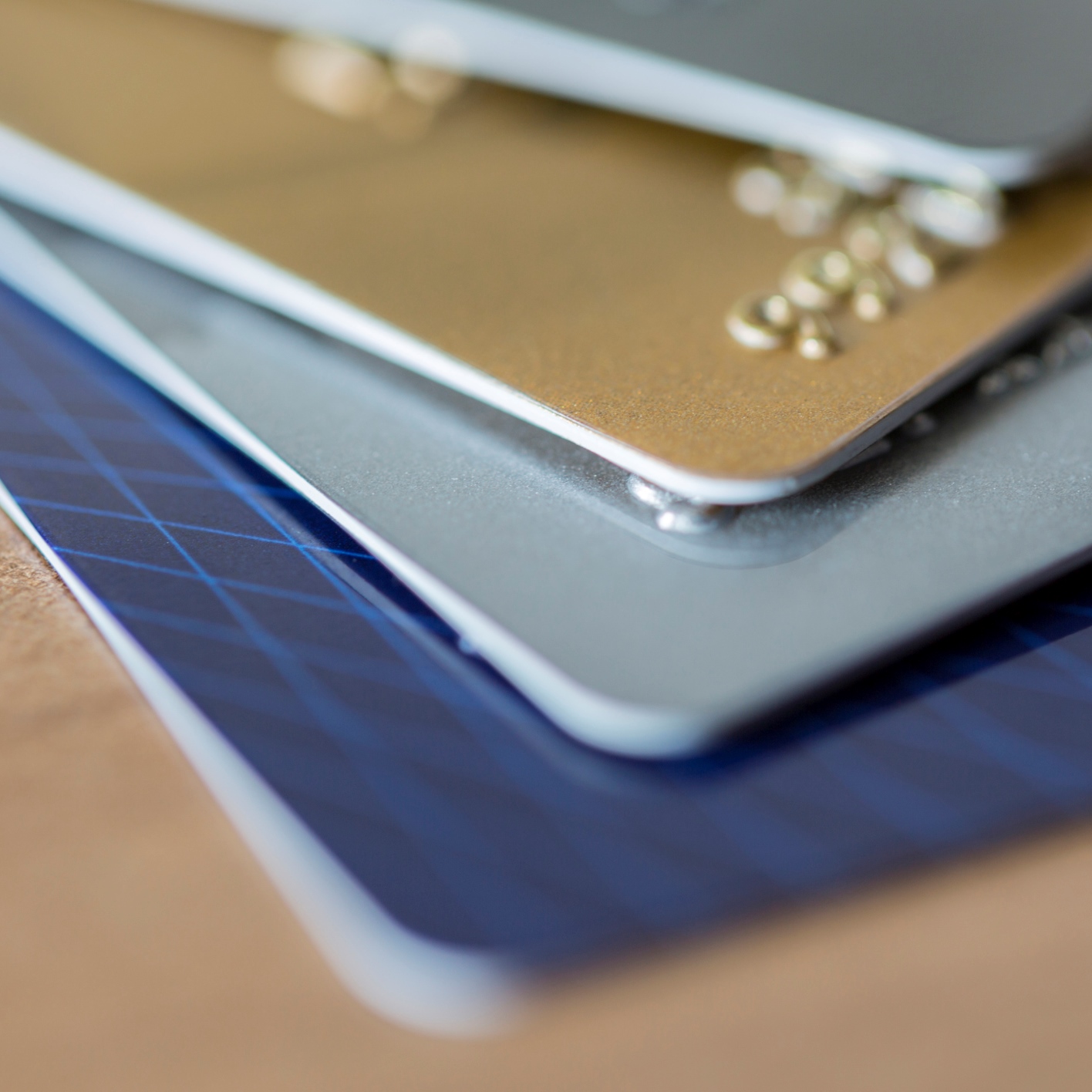Economy
Credit Card Debt Tops $15,000 in More Than Half of US Households

Published:
Last Updated:

U.S. households added a total of $226 billion in debt during the fourth quarter of 2016, with credit card balances rising by 4.3%, the largest increase for any type of debt. Americans added $46 billion to credit card balances in 2016 (up 6.3% year over year) and now owe a total of $779 billion in credit card debt.
A recent online survey by the National Foundation for Credit Counseling (NFCC) found that 56% of U.S. households reported credit card debt of $15,000 or more. Just 4% of households reported being debt-free.
According to the Federal Reserve Bank of New York’s fourth-quarter report on household debt and credit, published last month, total household debt by the end of this year will reach a previous peak set in 2007, just ahead of the housing collapse and financial crisis.
Total U.S. household debt at the end of 2016 stood at $12.58 trillion, of which $8.48 trillion (67% of total debt) were mortgage balances. Student loans accounted for 10% of total debt, with auto loans at 9%, credit card debt at 6% and revolving home equity lines-of-credit (HELOC) at 4%.
There are far more credit card accounts (more than 450 million) than any other loan type: more than double the number of auto loans, triple the number of mortgage loans and about 10 times the number of HELOCs. And while the total credit card loan balance of $779 billion is large, unused credit card limit totals about $2.5 trillion.
That leaves plenty of room for bad things to happen. NFCC vice-president for communications, Bruce McClary, noted:
There are a number of good reasons to have access to a credit card and just as many reasons for keeping balances under control. As soon as it becomes difficult to afford the minimum payments, accounts run the risk of falling behind and credit scores can take a turn for the worse.
The NFCC recommends following a few steps to keep an eye on credit card debt:
Check credit card usage. Using a credit card to pay for purchases you once paid cash for is a warning sign.
Monitor available credit. Keep the outstanding balance as low as possible in relation to the credit limit of the card. A zero balance is best.
Count your cards. Americans carry an average of nearly four credit cards. Fewer is better.
The NFCC survey was conducted during the month of January and received 3,316 responses from individuals who visited the organization’s website.
If you missed out on NVIDIA’s historic run, your chance to see life-changing profits from AI isn’t over.
The 24/7 Wall Street Analyst who first called NVIDIA’s AI-fueled rise in 2009 just published a brand-new research report named “The Next NVIDIA.”
Click here to download your FREE copy.
Thank you for reading! Have some feedback for us?
Contact the 24/7 Wall St. editorial team.